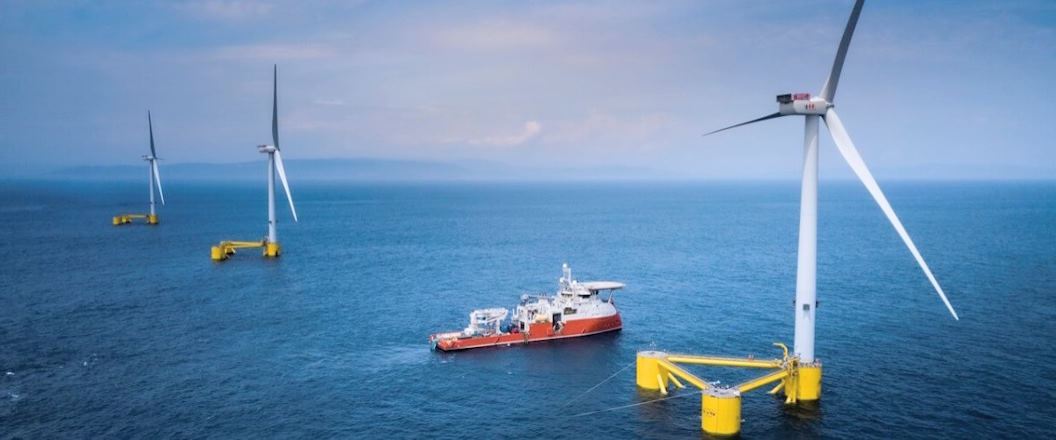Regarding wind energy generation, both onshore and offshore wind farms have advantages and challenges.
Advantages of Onshore Wind Farms
- Lower Costs: Onshore wind farms are generally less expensive to install and maintain. This cost-effectiveness makes them attractive for many regions.
- Easier Grid Integration: Proximity to existing electrical infrastructure simplifies grid integration and reduces the need for costly grid upgrades.
- Minimal Environmental Impact: Onshore wind farms have a lower environmental impact than offshore ones. They have fewer implications for marine ecosystems and habitats.
Challenges of Onshore Wind Farms
- Land Use Conflicts: Onshore wind farms can face opposition due to land use conflicts, especially in densely populated areas.
- Limited Wind Resources: In some regions, wind speeds on land may not be sufficient for efficient energy generation.
- Noise Concerns: Proximity to residential areas can lead to noise concerns, although modern turbine designs have reduced this issue.
Advantages of Offshore Wind Farms
- Higher Wind Speeds: Offshore locations benefit from stronger and more consistent wind speeds, leading to increased energy production.
- Larger Turbines: Offshore farms can use larger turbines with higher capacity, further boosting energy output.
- Reduced Visual Impact: Offshore turbines are often less visible from shorelines, reducing visual impact and potential opposition.
Challenges of Offshore Wind Farms
- Higher Costs: Installation and maintenance costs for offshore wind farms are higher due to the challenges of water construction.
- Environmental Considerations: Offshore wind farms can impact marine ecosystems and require careful environmental assessments.
- Logistical Complexities: The logistics of constructing and maintaining turbines in open water are more complex than on land.
In summary, the choice between onshore and offshore wind farms depends on regional factors, available resources, environmental considerations, and budget constraints. Both approaches are crucial in expanding renewable energy capacity and reducing carbon emissions, contributing to a more sustainable energy future.


